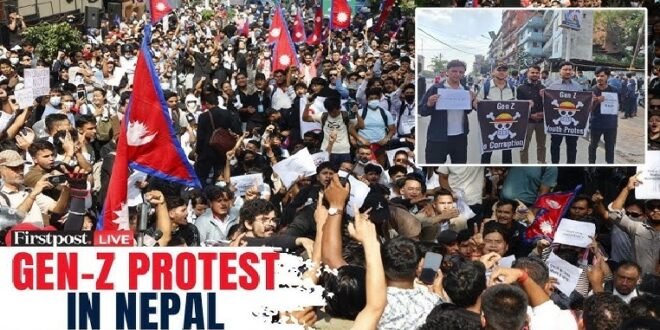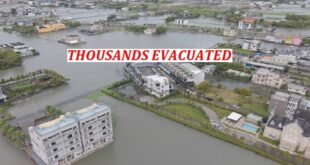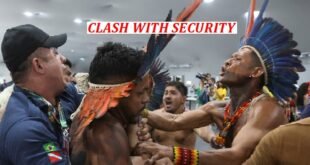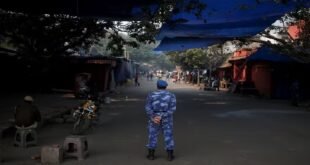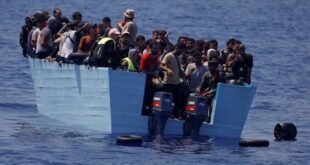11-09-2025
KATHMANDU: At least 19 people were killed and over 100 injured in clashes with security forces after thousands of young people in Nepal took to the streets on Monday to protest against corruption and a government ban on social media websites.
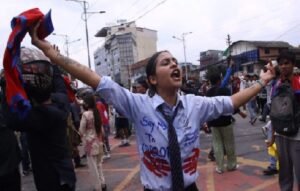 A curfew was imposed in parts of Kathmandu after protesters entered the Parliament building in the capital and faced off against the police.
A curfew was imposed in parts of Kathmandu after protesters entered the Parliament building in the capital and faced off against the police.
Here is what prompted the demonstration, dubbed the Gen Z protest and what the latest on the ground is.
When did the protest begin in Nepal?
The protest began at 9am (03:15 GMT) on Monday.
Where are the protesters marching?
The demonstrators gathered in Maitighar, a neighborhood in Kathmandu. It includes a busy road intersection, featuring the Maitighar Mandala monument one of the city’s most iconic landmarks.
Aayush Basyal, a 27-year-old master’s degree student in Kathmandu who was present at the protest site, said the demonstration was “unprecedented with the number of attendees”.
However, Basyal added that as the protest progressed, “mobs of physically well-built guys came on their loud motorcycles through the crowd to create a sense of chaos”. It is this set of people, he said, who broke through the barricades to enter Parliament. Media could not independently verify this claim.
Basyal said there was extensive participation from school and college students, some in their uniforms. “Surprisingly, I did not see any affiliation related to any political parties,” he said.
“By 1pm (07:15 GMT) the protest site was in chaos,” Sudipa Mahato, a 20-year-old student who attended the protest, told media, describing tear gas shells and rubber bullets flying around her friends and her, as they “walked around the alleys to find a safe place”.
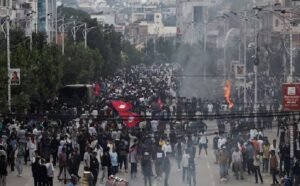 What is behind Nepal’s Gen Z protest?
What is behind Nepal’s Gen Z protest?
Growing dissatisfaction among the youth with corruption in the country materialized into the demonstration on Monday.
Basyal said the protests were fueled by incidents of corruption in recent years “that get regularly talked about in public, in Parliament, but never seem to reach a fair conclusion”.
These include a 2017 Airbus deal, in which Nepal Airlines bought two A330 wide-body jets. A five-year-long inquiry, conducted by the Commission for the Investigation of Abuse of Authority (CIAA), a watchdog appointed under the country’s constitution, revealed last year that the deal led to a loss of 1.47 billion rupees ($10.4m) to the exchequer. Several top officials were convicted of corruption following the inquiry.
Protests in Sri Lanka and Bangladesh which led to the removal of governments in the South Asian countries in 2022 and 2024, respectively served as inspirations, Basyal said. In the Philippines, images of children of public figures enjoying lavish lifestyles have also drawn social media criticism recently. That also motivated protests in the Himalayan nation, Basyal added, as videos emerged on TikTok showing children of Nepalese politicians living lives of luxury in a country where the per capita income is $1,300 a year.
Ankit Bhandari, a 23-year-old student in Kathmandu who was present at the protest site, told media that the protest seemed to stem from the “frustration of having to pay tax” with no “proper documentation” of how it was being utilized. (Int’l Monitoring Desk)
 Pressmediaofindia
Pressmediaofindia
